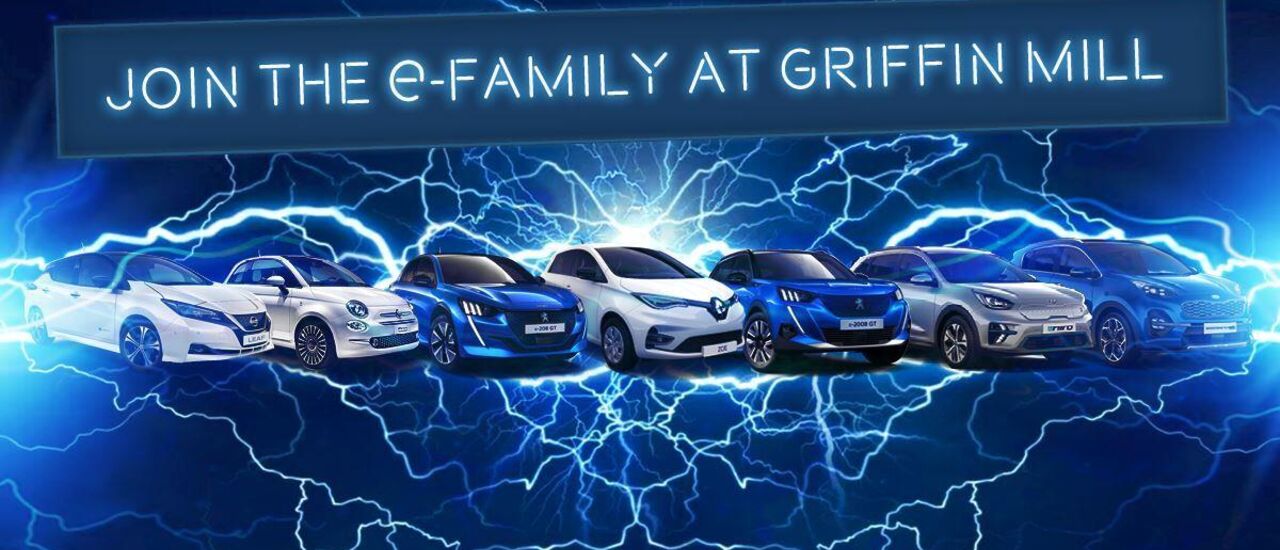
What are the different types of Electric Cars?
Interest in Electric vehicles in the UK has certainly increased over the last few years. In 2020, there will be more than 136,600 pure Electric cars on the road and over 330,800 plug-in cars (pure EV & PHEV) compared with just 3,500 in 2013.
This huge increase in Electric car sales is likely due to the greater selection of vehicles available, a shift in the public's attitude and improved public recharging networks.
What is an Electric car?
All-electric vehicles (EV's) have an electric motor instead of an internal combustion engine. The vehicle uses a large traction battery pack to power the electric motor and must be plugged into a charge-point or a public charger charge. The car then drives on battery power alone, there is no need to add petrol or diesel. Because it runs on electricity, the vehicle emits no exhaust from a tailpipe and does not contain the typical liquid fuel components, such as a fuel pump, fuel line, or fuel tank.
What is a self-charging Hybrid?
A self-charging hybrid car works just like a conventional car - there is no need to plug in - simply fill up with petrol. Self-Charging hybrid cars also have an electric motor that is powered by a small battery. The electric motor assists the engine and occasionally drives very short distances on battery power. The battery is charged by recovering energy that would otherwise be wasted – when slowing down for example. The battery then feeds this energy to the electric motor to help with acceleration or to drive the car at low speeds.
What is a plug-in Hybrid?
A plug-in hybrid electric vehicle (PHEV) works in a similar way to a self-charging hybrid– there is a petrol engine combined with an electric motor and a battery. In a plug-in hybrid, the battery is much larger than in a self-charging hybrid. This means the car is able to travel around 30 miles on battery power alone – but it can also call on the petrol engine for longer trips. Like a self-charging hybrid, the battery can be charged whilst driving, but for the full benefit, you will need to plug in.
What is a mild Hybrid?
A mild hybrid works in a very similar way to a self-charging hybrid car, but it has a smaller battery. Because the battery is smaller, a mild hybrid cannot drive on battery power alone – unlike a self-charging hybrid in which the motor can take over at low speed or when cruising.
Instead, the petrol or diesel engine does the majority of the work and the electric motor is there to provide assistance. This means the engine doesn’t have to work as hard, which means lower emissions and increased fuel economy. The battery is charged by recovering energy that would otherwise be wasted – when slowing down for example. There is no need to plug-in a mild hybrid, simply keep it topped up with petrol or diesel as you would with a conventional car.
We have debunked some common Electric car myths, click here to read








